The most stable carbocation is:
A
CH+3
B
CH3CH+2
C
(CH3)3C+
D
(CH3)2CH+
Video Solution
Text Solution
The correct Answer is:C
In comparison to H atoms, alkyl groups are electron releasing, i.e., they have +I effect. This implies that when an alkyl group is bonded to the positively charged C atom of a carbocation, it will shift electron density toward the positive charged C atom. Through electron release, alkyl groups attached to the positive C atom of a carbocation disperse (or delocalize) the positive charge.. In doing so, the attached alkyl groups acquire some amount of the positive charge and thus stabilize the carbocation.
In the tert-butyl cation (CH3)3C+, three electron releasing methyl groups surround the central C atom and assist in delocalizing the positive charge. In the isopropyl cation, (CH3)2CH+, there are only two attached methyl group that can serve to delocalize the charge. In the ethyl cation, there is only one attached methyl group, and in the methyl cation, there is none at all. As a result, the delocalization of charge and the order of stability of the carbocations parallel the number of attached methyl groups:
(CH3)3C+>(CH3)2H+>CH3CH+2>CH+3
|
Topper's Solved these Questions
- GENERAL ORGANIC CHEMISTRYBook:R SHARMAChapter:GENERAL ORGANIC CHEMISTRYExercise:Follow- up Test 7
Explore 11 Videos
- GENERAL ORGANIC CHEMISTRYBook:R SHARMAChapter:GENERAL ORGANIC CHEMISTRYExercise:Follow- up Test 8
Explore 9 Videos
- GENERAL ORGANIC CHEMISTRYBook:R SHARMAChapter:GENERAL ORGANIC CHEMISTRYExercise:Follow- up Test 5
Explore 10 Videos
- EQUILIBRIUMBook:R SHARMAChapter:EQUILIBRIUMExercise:ARCHIVES
Explore 69 Videos
- ISOMERISMBook:R SHARMAChapter:ISOMERISMExercise:Archives
Explore 11 Videos
Similar Questions
Knowledge Check
Select the most stable carbocation:
A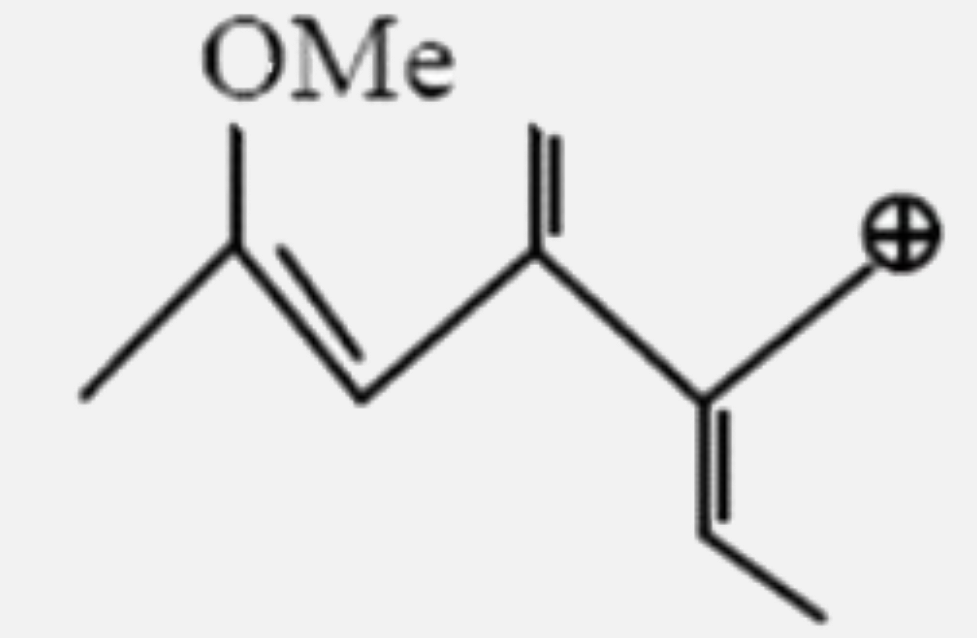 B
B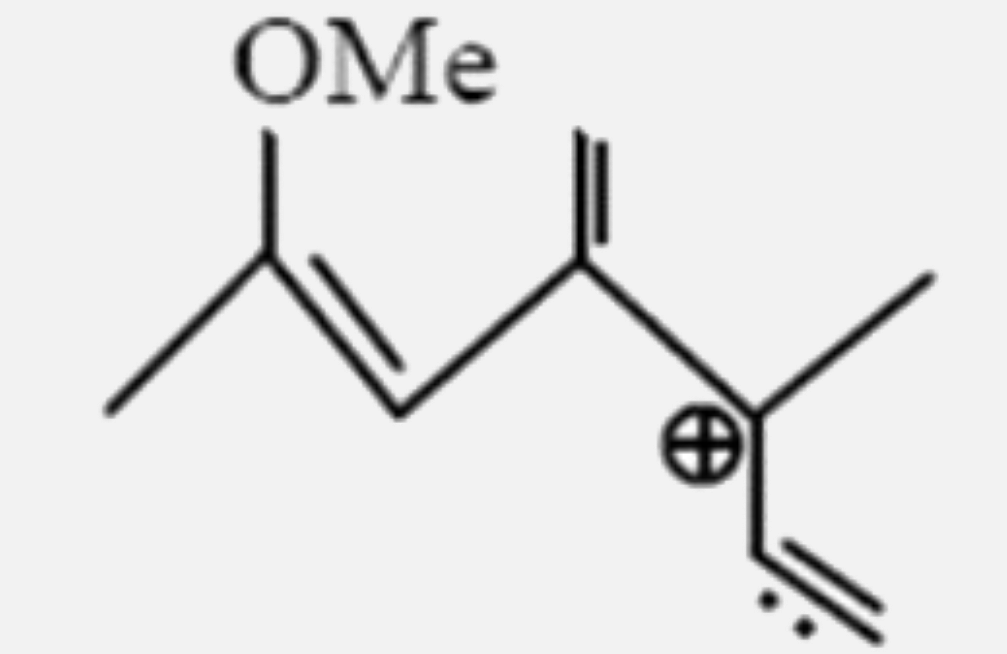 C
C D
D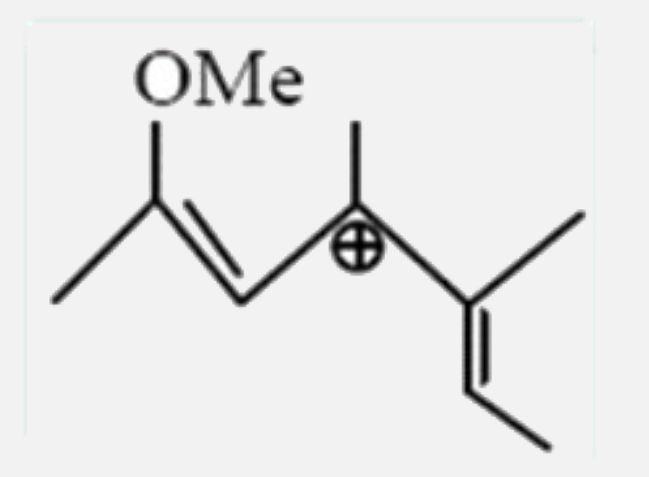
Which amongst the following is the most stable carbocation :-
ACH2⊕CH2B⊕CH2CCH3−C∣CH2⊕DCH3−⊕C∣CH3HWhich is the most stable carbocation ?
A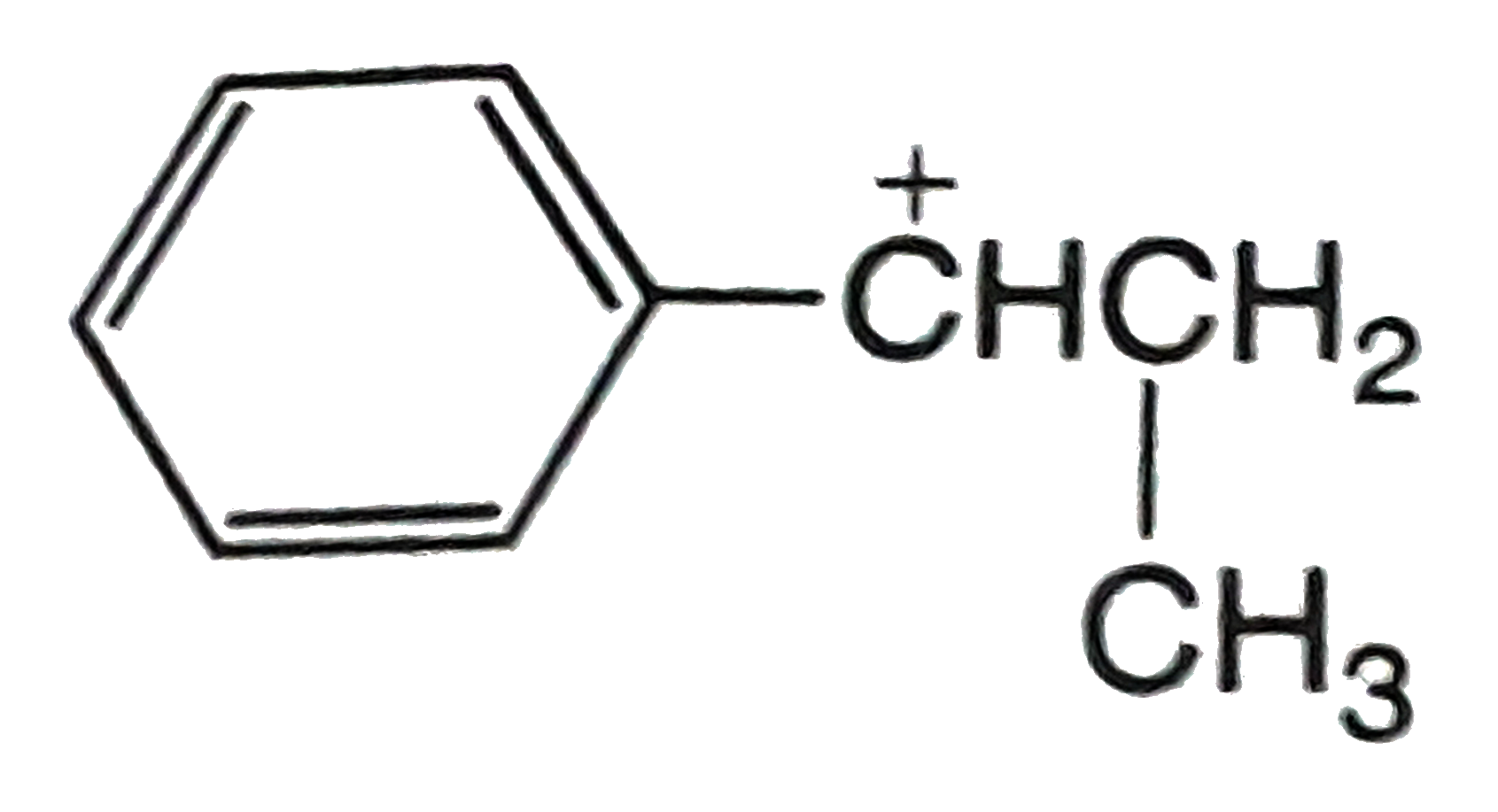 B
B C
C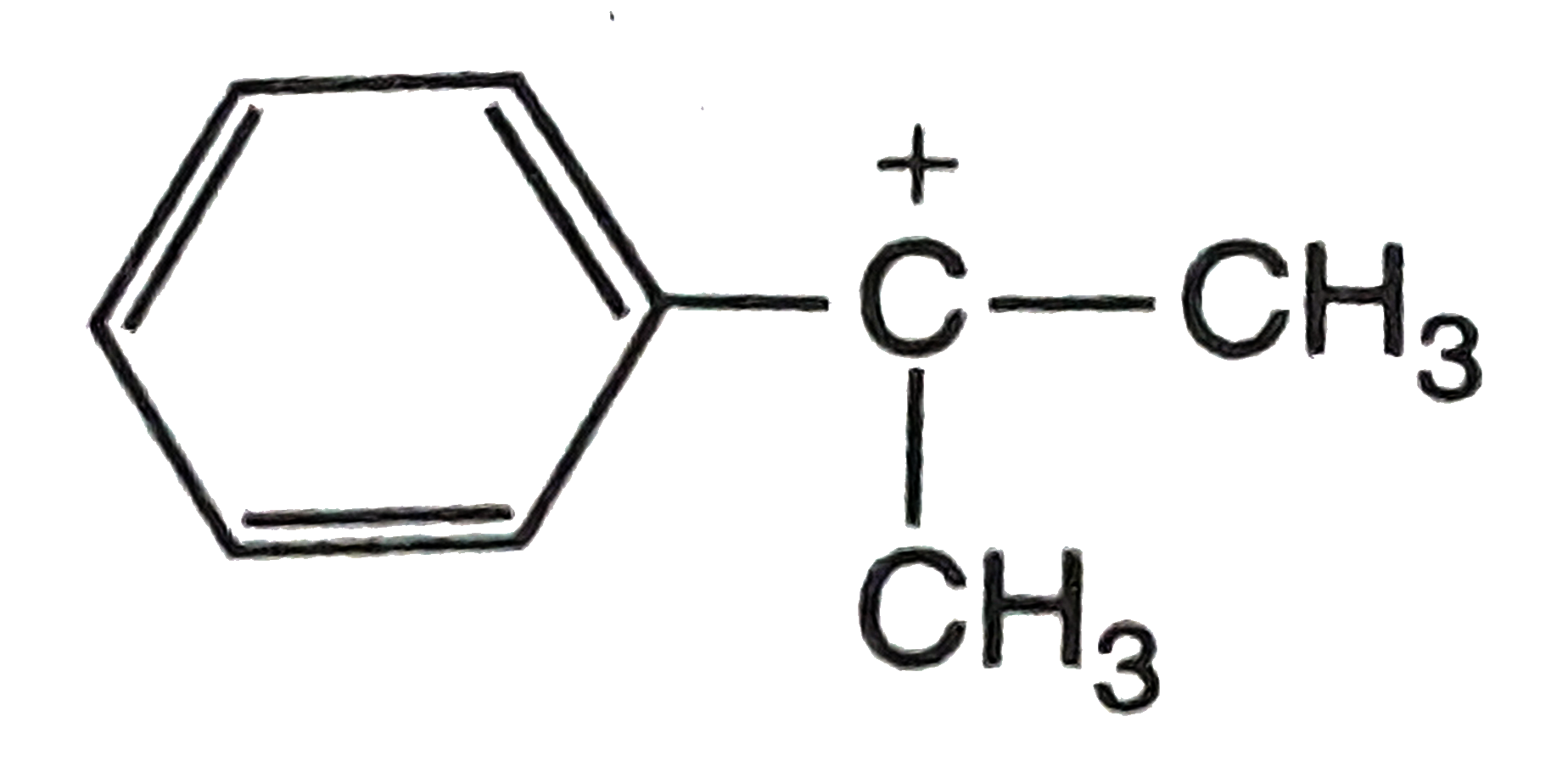 D
D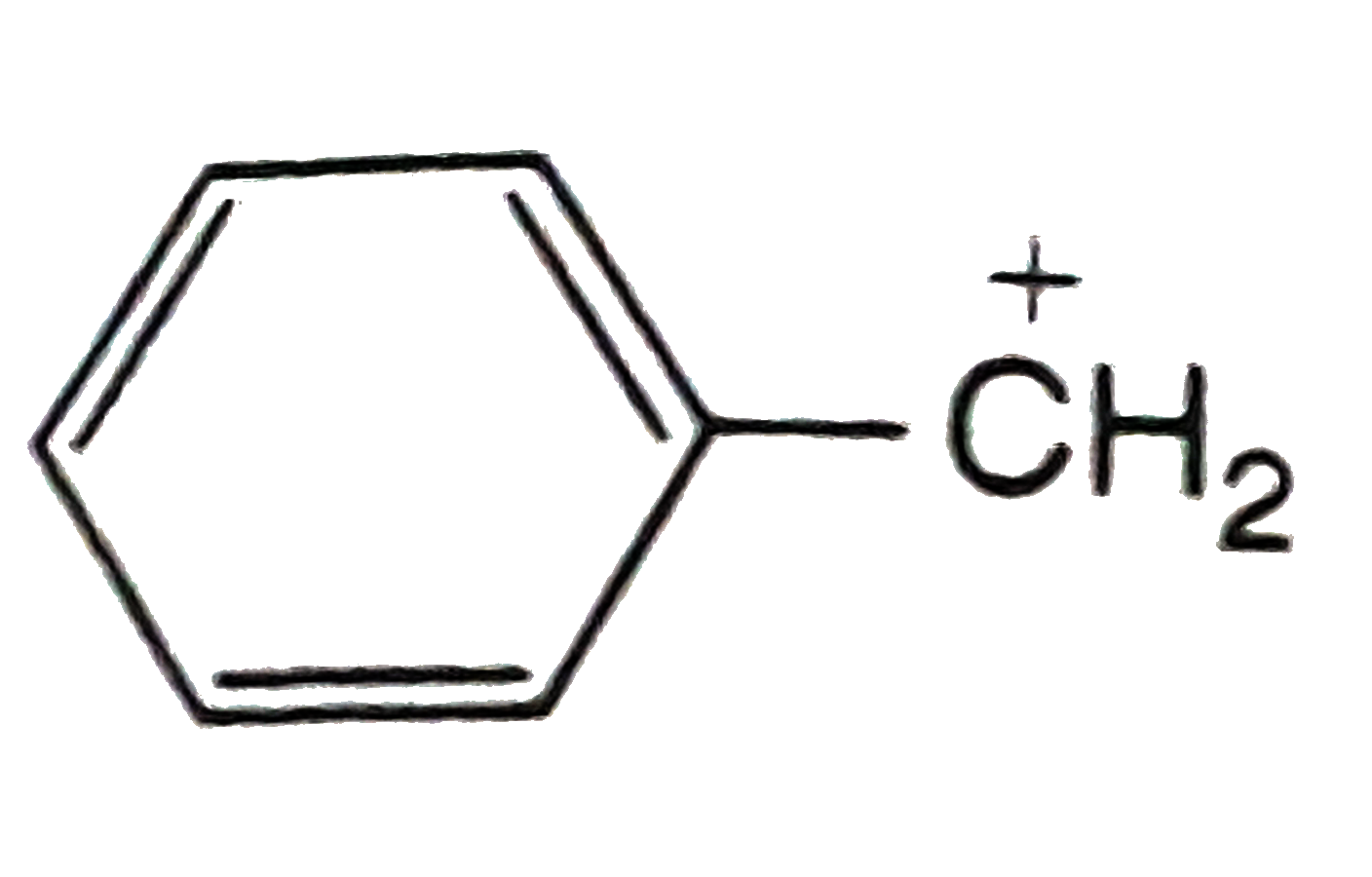
Which of the following is the most stable carbocation ?
View SolutionWhich allylic carbocation is the most stable carbocation ?
View SolutionWhich among the following is the most stable carbocation ?
View SolutionIdentify the most stable carbocation
View SolutionWhich is most stable carbocation?
View Solution